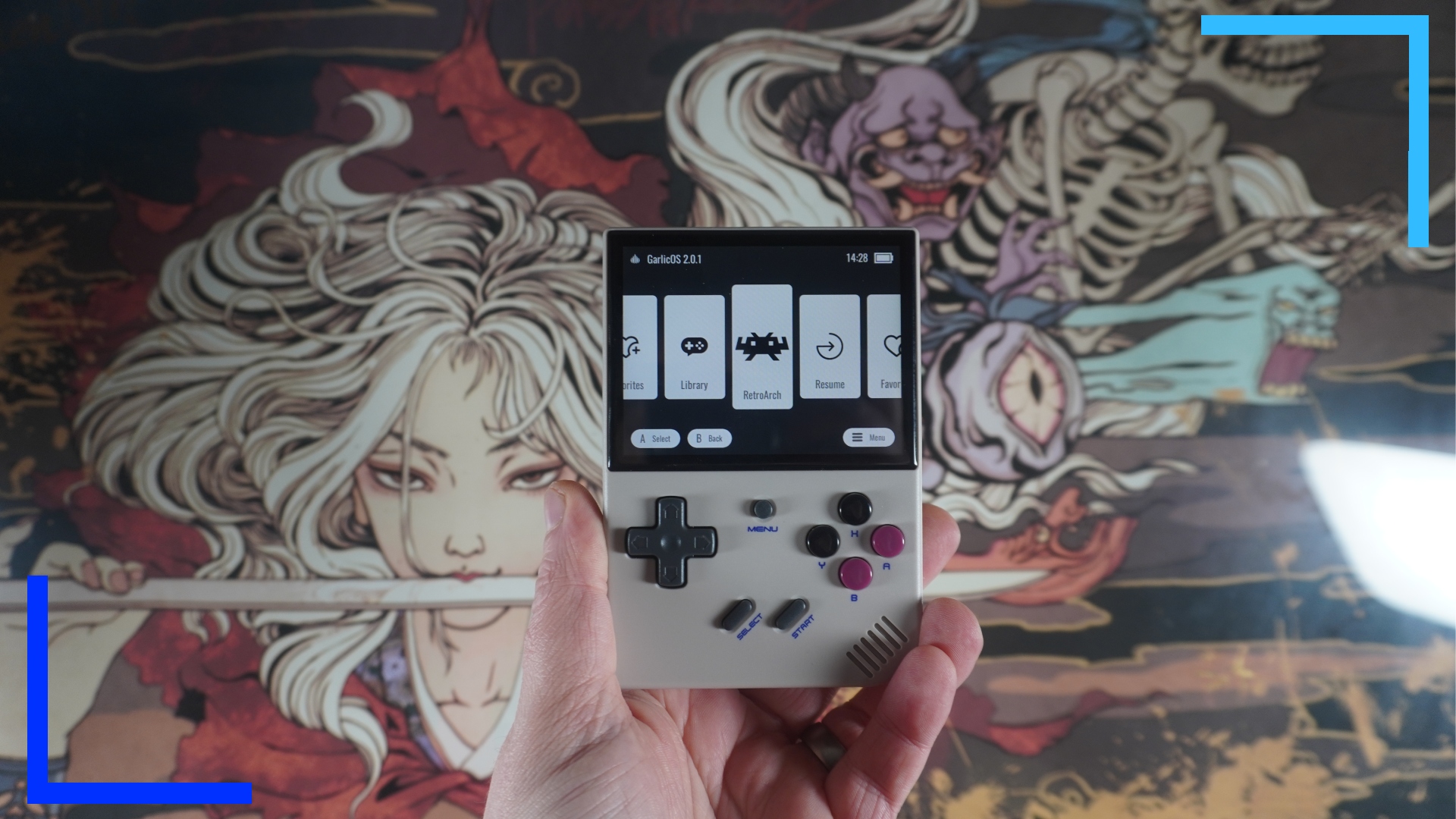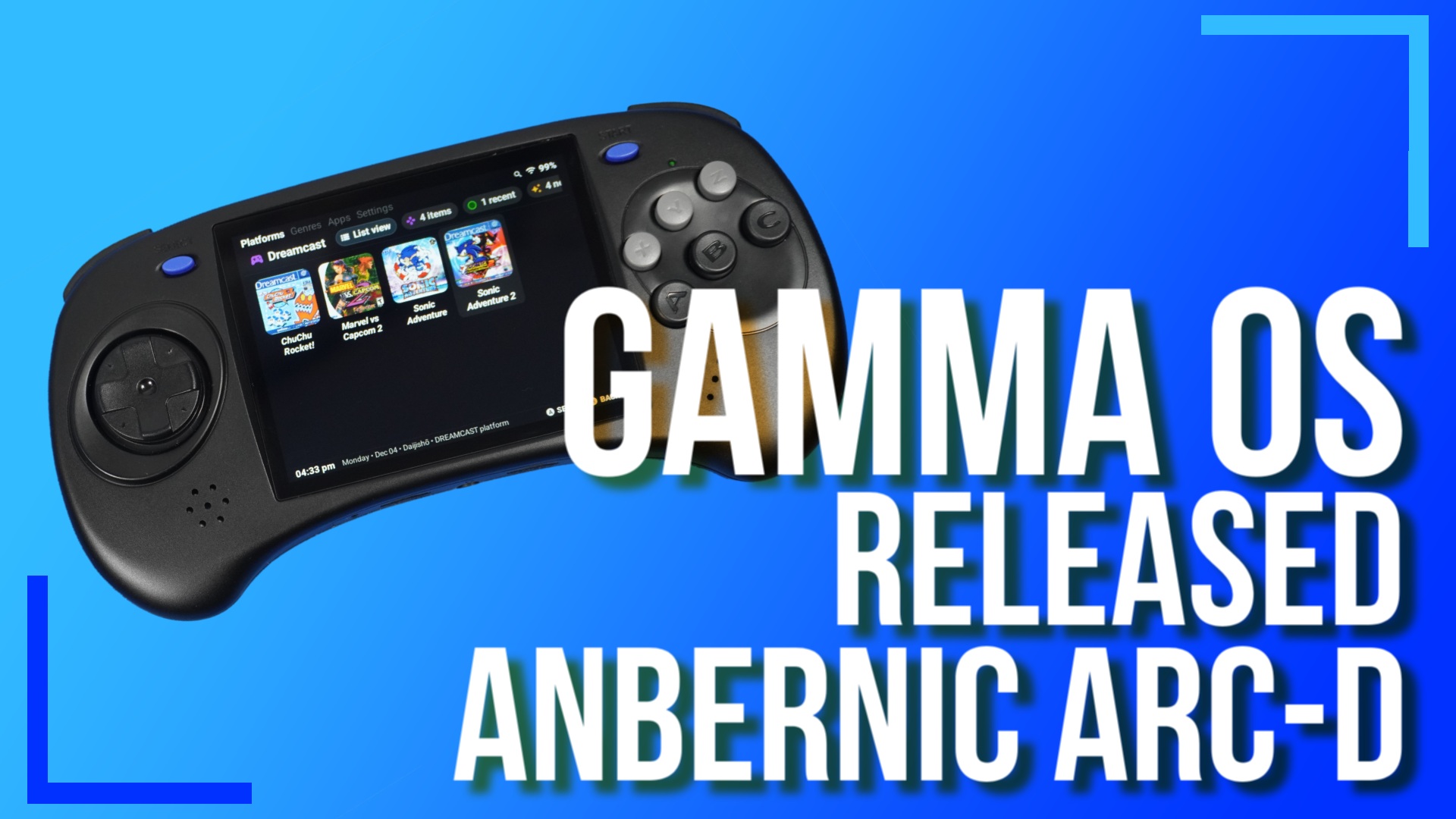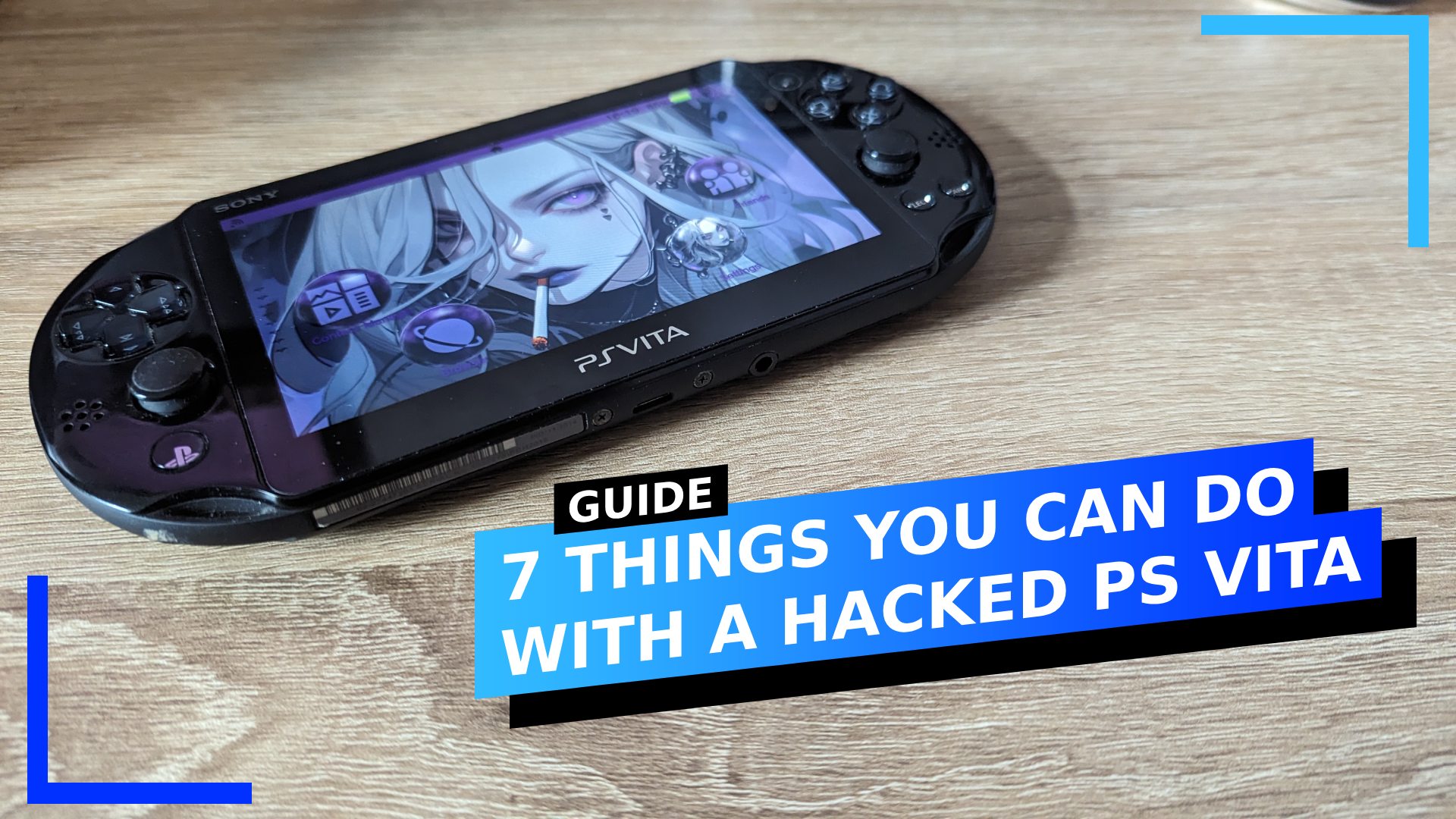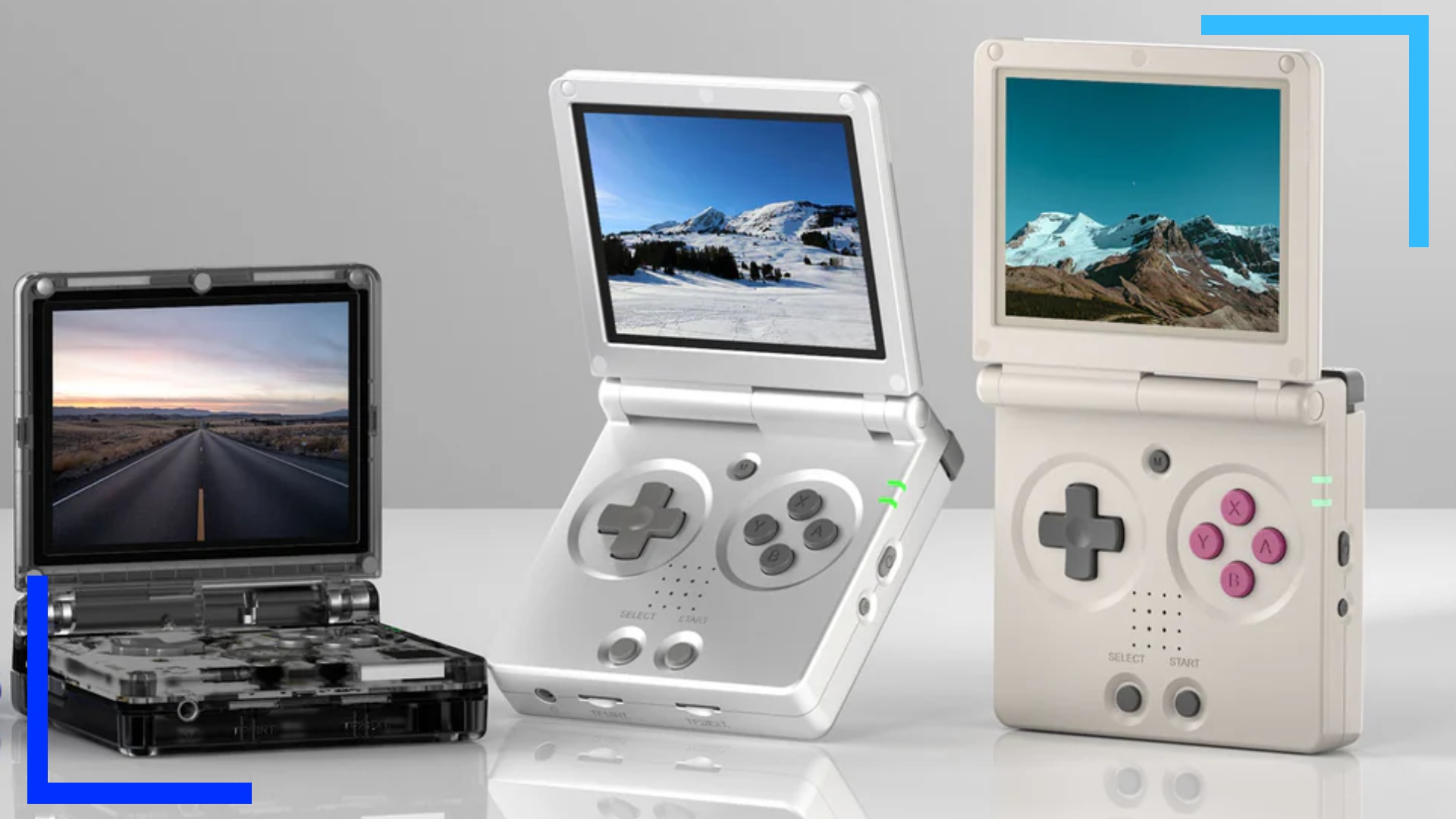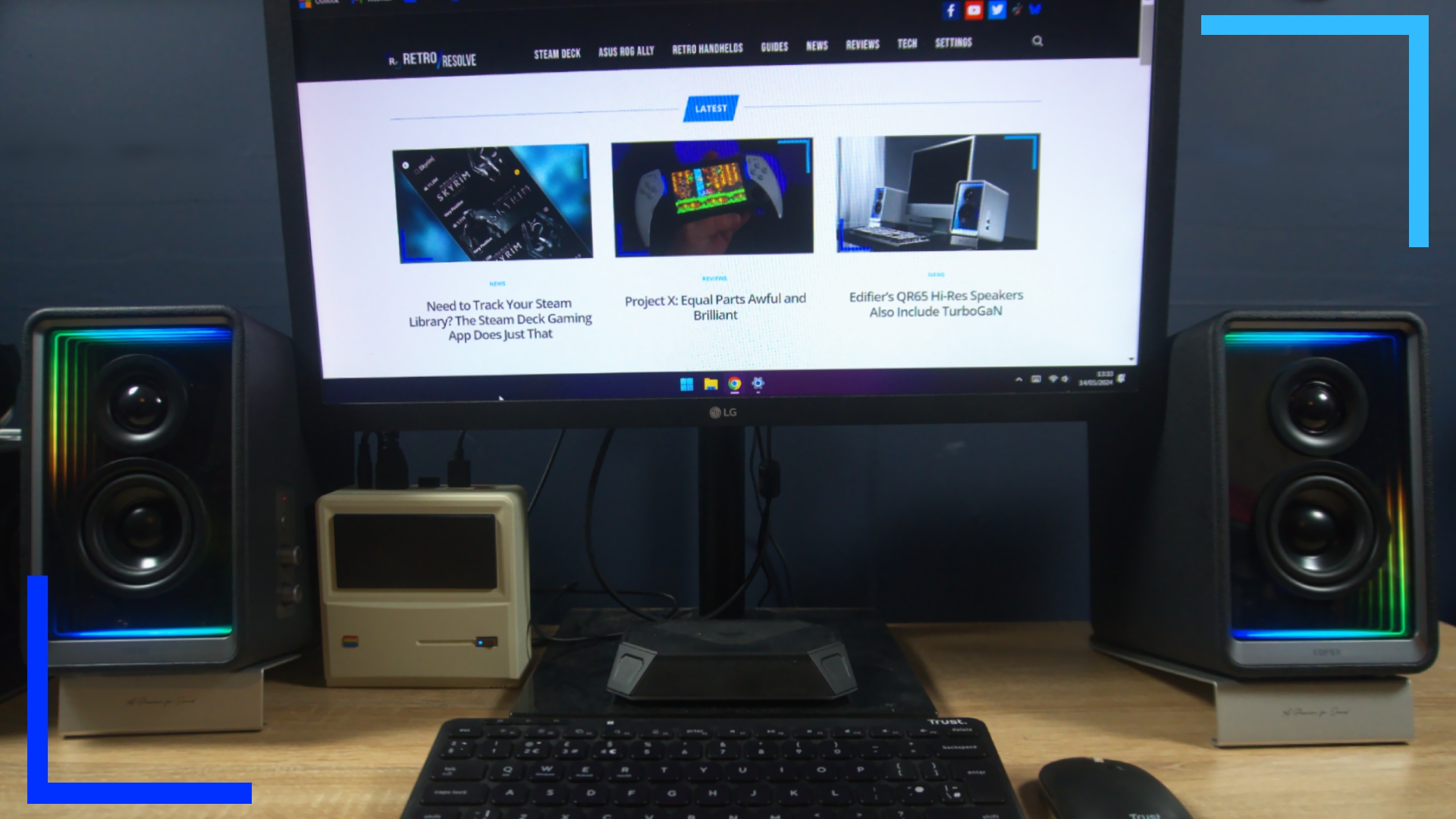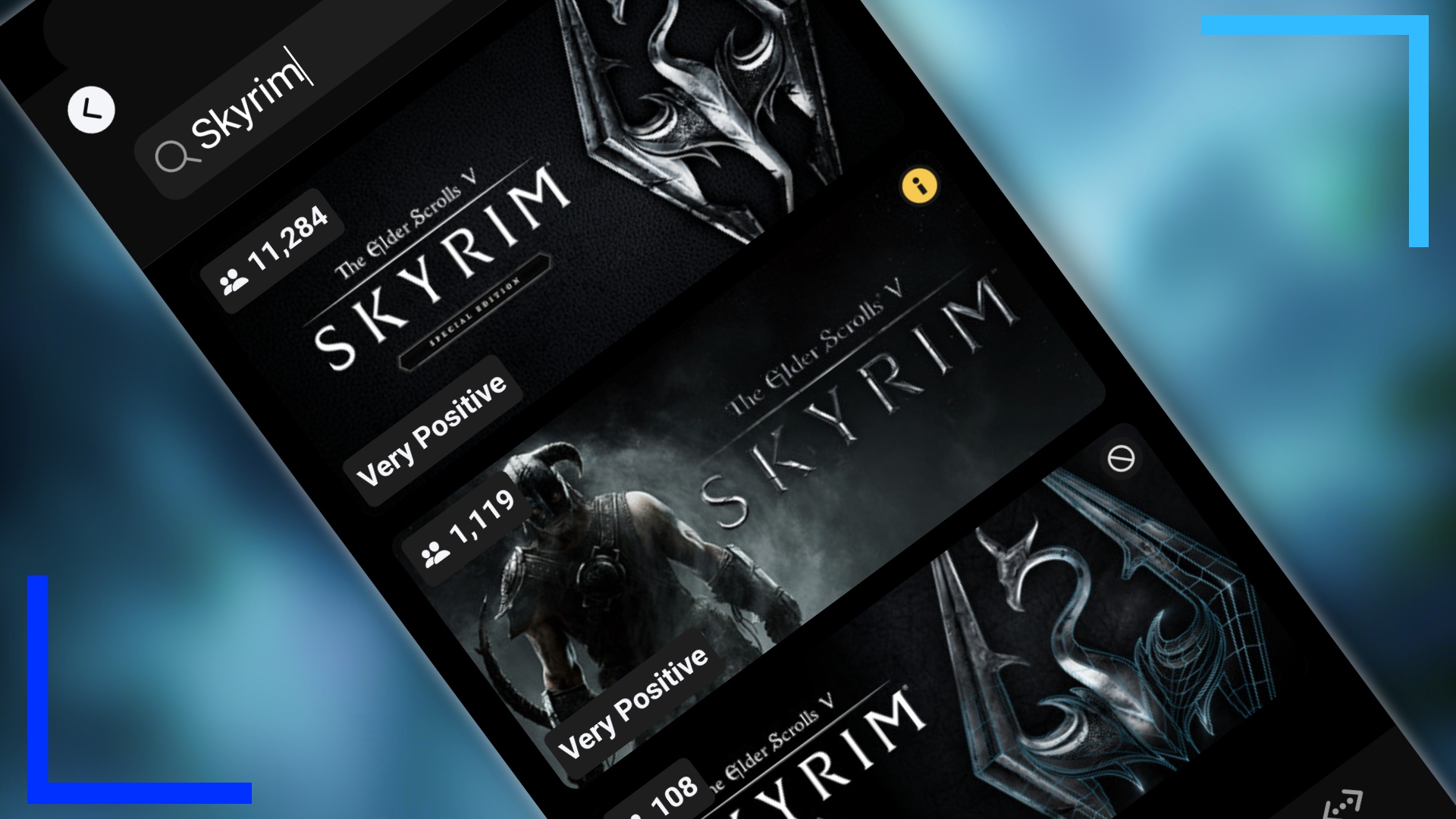Celeste remains one of the toughest yet rewarding games to date. Beating the final Farewell level is the kind of thing that goes on a resume it’s that much of an achievement.
If you’ve finally bested everything Celeste has to offer and are looking for something new to chomp on, here are nine games like Celeste to truly test your mettle and your patience.
And don’t forget, if you’re a Binding of Isaac player looking for something in a similar vein, we’ve got a rundown of the best games like Binding of Isaac to play next, too.
Super Mario Bros: The Lost Levels
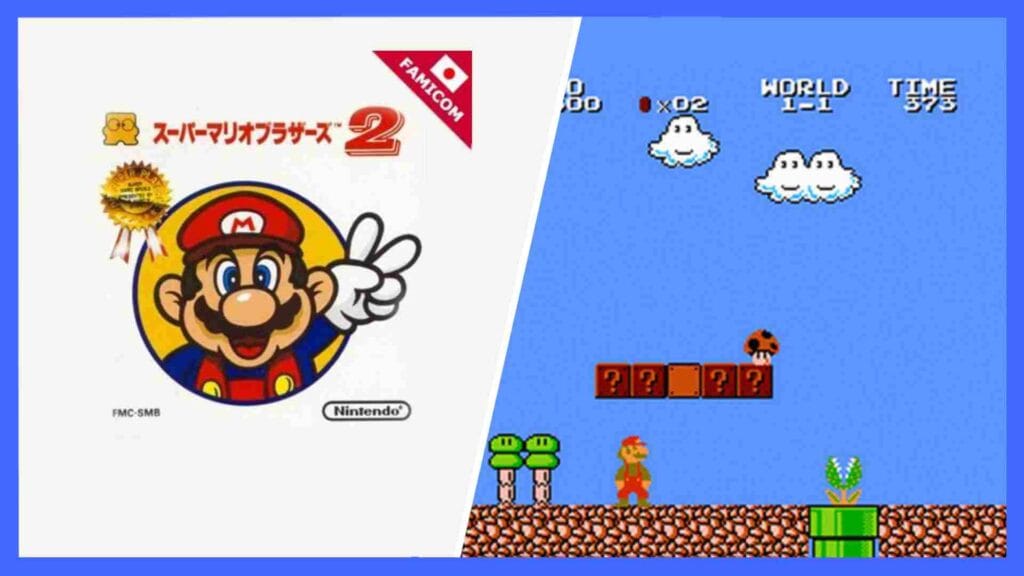
Released in: 1986 (Japan)
Platforms: NES (Japan) SNES (Worldwide)
As the story goes, once upon a time Nintendo made a sequel to the original Super Mario Bros. for the NES.
That game was titled – predictably – Super Mario Bros. 2. Clever, right? Anyway, the problem? It was really, really difficult. So difficult, in fact, that Nintendo decided it was too hard for western players.
It’s hard to pinpoint why this train of thought came about. Western players got through Super Mario Bros. (1983) and The Legend of Zelda and Metroid both released unchanged in the same year as The Lost Levels. Yet the Mario game was deemed as too tough. Curious, no?
What ended up happening in the west is Nintendo took a game named Doki Doki Panic and repurposed it to include Mario characters. The result was something that always makes for a good conversation starter or fight. Some people loved the new playstyle, while others detested how different it was.
‘Too hard’ may be have been an overreaction from Nintendo, but if you’re looking for a tough-as-nails retro challenge, definitely try besting Super Mario Bros: The Lost Levels. You’ll cry, lots, but once you get in the rhythm, it’s surprisingly satisfying.
Dead Cells
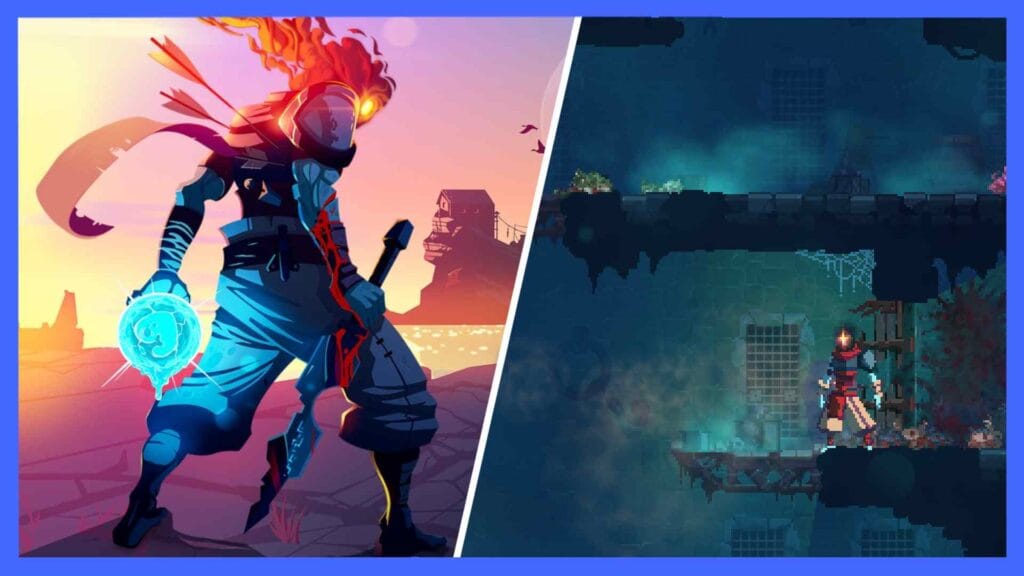
Released in: 2017
Platforms: Linux, macOS, Microsoft Windows, Nintendo Switch, PlayStation 4, and Xbox One
Everything gets compared with Dark Souls. This game has a sword! It’s just like Dark Souls!
Despite how often the comparisons are wrong, there’s actually a lot to the Dark Souls and Dead Cells comparison.
Yes, they’re two completely different games. One is an action RPG, the other a 2D rogue-like platformer. But it’s in the combat and pacing that Dead Cells truly feels like Dark Souls.
Combat is slick, hard-hitting, and flows effortlessly. Even when you’re dying for the millionth time, spell-slinging and slash-bringing never gets old.
Cuphead
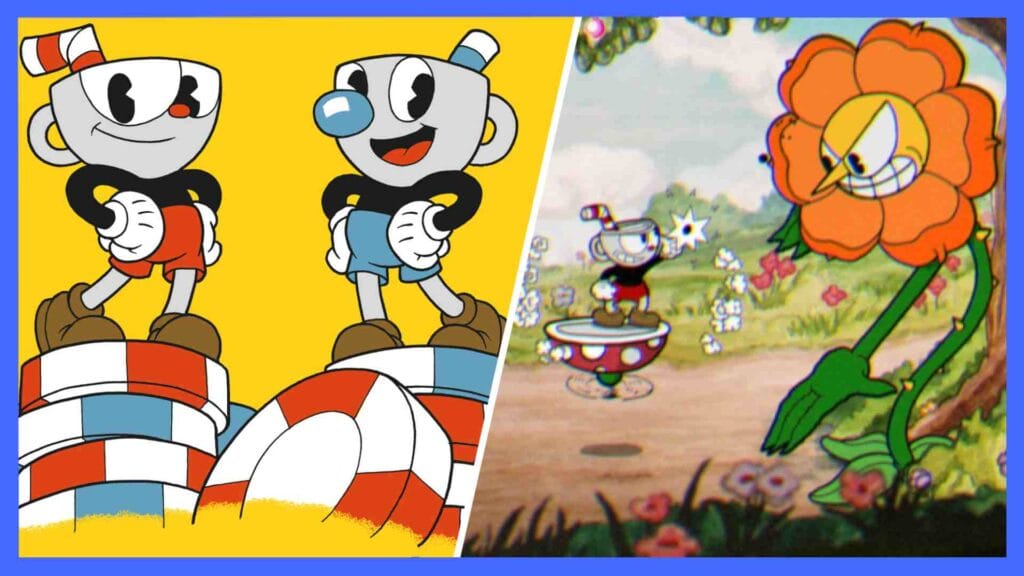
Released in: 2017
Platforms: Nintendo Switch, PlayStation 4, Xbox One, Microsoft Windows, macOS,
I don’t think I’ve ever sworn as much as I have while playing Cuphead.
It is, essentially, Boss Fight Simulator. There are platforming sections, but in truth they’re lacking any kind of real substance. Run, shoot, kill some enemies, repeat. There really isn’t much to it.
But the boss fights? Oh man, they’re pure hell. Or at least they are the first few times you attempt them.
You see, Cuphead isn’t unfair. There are some serious moments where you’ll want to bounce your controller off the nearest wall, but death is normally down to players messing up.
You’ll need good reflexes to beat Cuphead, but once you realise this is a puzzle game with boss fights, and it’s up to the player to work out how to solve each encounter through memorising attack patterns, the game becomes a lot more manageable.
And if you do find yourself getting pummeled mercilessly, go and grab the Eight Way. Trust us, just do it. You can thank us later.
Shovel Knight
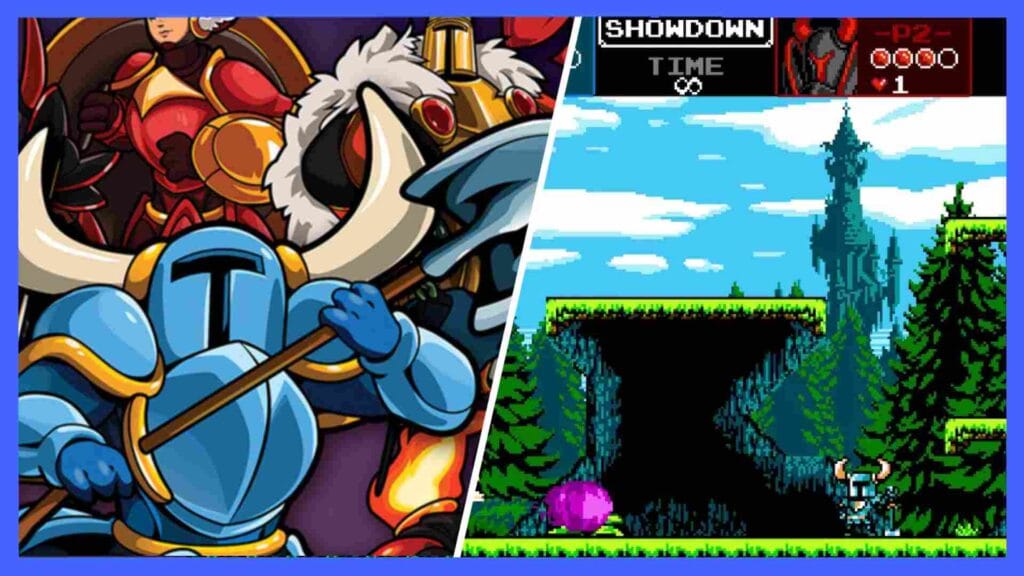
Released in: 2014
Platforms: Amazon Fire TV, Microsoft Windows, Nintendo 3DS, Nintendo Switch, OS X, Linux, PlayStation 3, PlayStation 4, PlayStation Vita, Wii U, Xbox One
To say Shovel Knight isn’t hard is wrong. But then it’s not impossible either.
The beauty of Shovel Knight is it onboards players in the right way. You rarely feel like there’s some sort of hidden mechanic you need to find out about online in order to beat different areas.
The difficulty is gradual as well. It gets harder, but it gets harder as the player gains more confidence, so the two somewhat balance each other out.
One of the main sources of frustration is when you die, you need to get back to where you died to reclaim items (like in Dark Souls). Getting back isn’t always that rough if you’re careful, but if you do decide to rush, that’s when mistakes happen.
Shovel Knight is one of those games where if you play by the game’s rules, you’ll be fine. But get cocky, get dropped.
Oh, and screw the Plague Knight. Seriously.
Metroid Dread
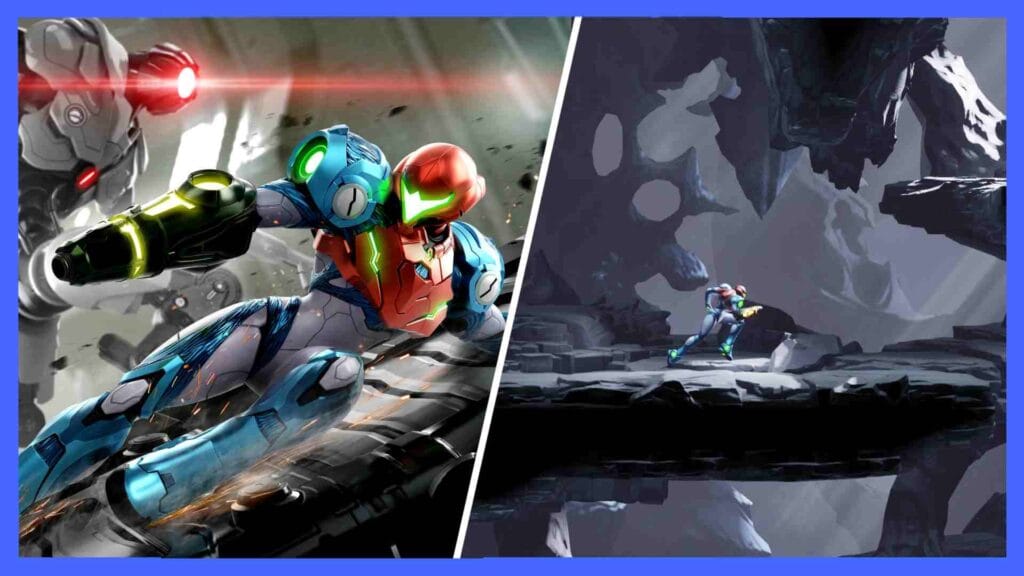
Released in: 2021
Platform: Nintendo Switch
Metroid Dread garnered critical acclaim thanks to its stunning visuals, maze-like world, and clever boss fights.
Me personally? I rage quit like an absolute child and never looked back. Still, there are a lot of people out there who swear by it.
It’s not just a game about fighting bosses for the sake of it. The goal is, as it has been in other Metroid games, about gradually making Samus more powerful. What starts as a claustrophobic experience where you’re underpowered and undergunned, ends with the player standing tall, feeling like they’ve truly conquered something monumental.
Cat Mario
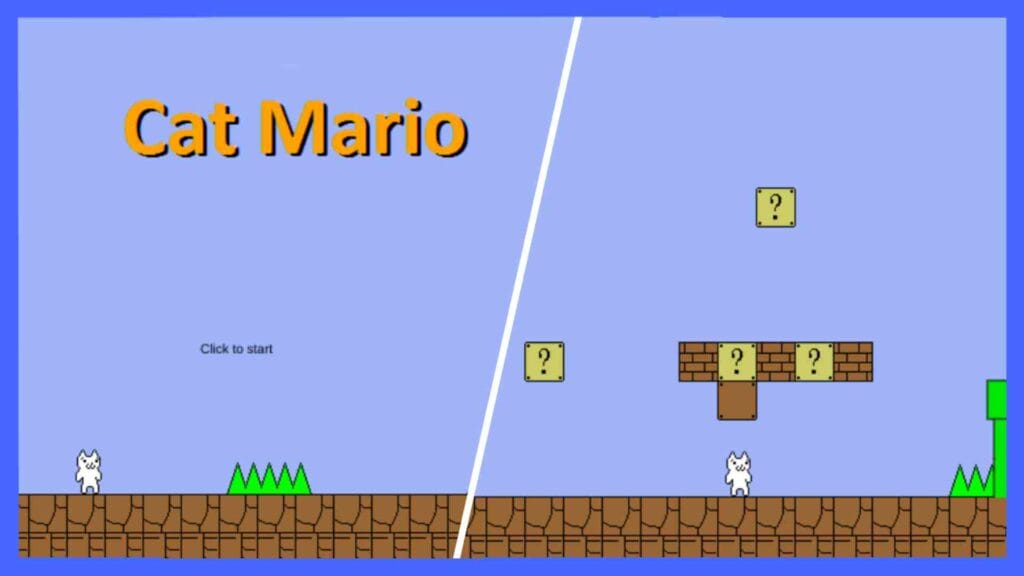
Released in: 2007
Platforms: Microsoft Windows, Sega Dreamcast, Android, iOS
Everyone knows 1-1 from the original Super Mario Bros. It’s a clever level that explains the game clearly. That enemy kills you, let’s try jumping on it. You need to clear this gap. Some pipes take you to secret areas. Blocks can be broken when you jump. I could go on, but you get the gist.
It explains everything so the player feels in control.
Cat Mario, also known as Syobon Action, is the opposite of that. That pipe that leads to a secret area? It’ll fall away and kill you. That area you need to jump over? There’s now a sawblade that comes from off-screen to kill you. It’s fun, honest.
It’s complete and utter misery that ignores every game design rule. It’s pure hell, but if you’re after a game that flips the whole genre on its’ head, you need to play Cat Mario at least once.
Dustforce
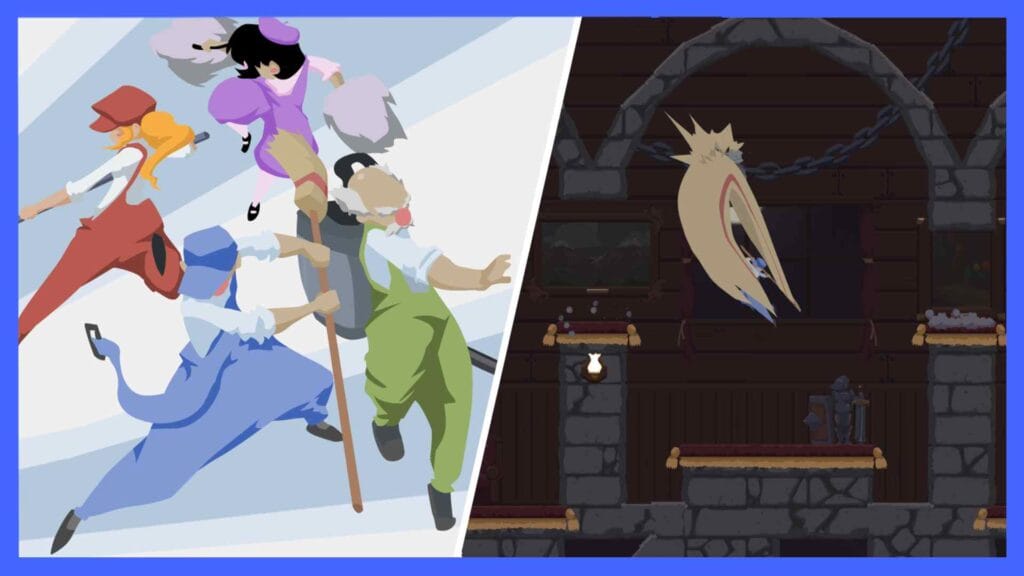
Released in: 2012
Platforms: Microsoft Windows, PlayStation 3, macOS, PlayStation Vita, Xbox 360
Dustforce simply doesn’t get enough praise. Imagine samurai. Now imagine them as cleaners. That hook sounds ridiculous, but in practice it’s one of the most more-ish games out there.
Much like Dead Cells, it’s the combat and traversal elements where Dustforce comes alive.
When I reviewed it at launch, I was amazed by how every surface is there to be exploited. Whether it’s bouncing off walls or running along a ceiling (a ceiling!) the feeling of traversing each area is pure ecstasy.
It does get tougher the further you get, and trying to best certain scores requires some series skill, but when it all comes together, it’s art in motion.
Spelunky 2
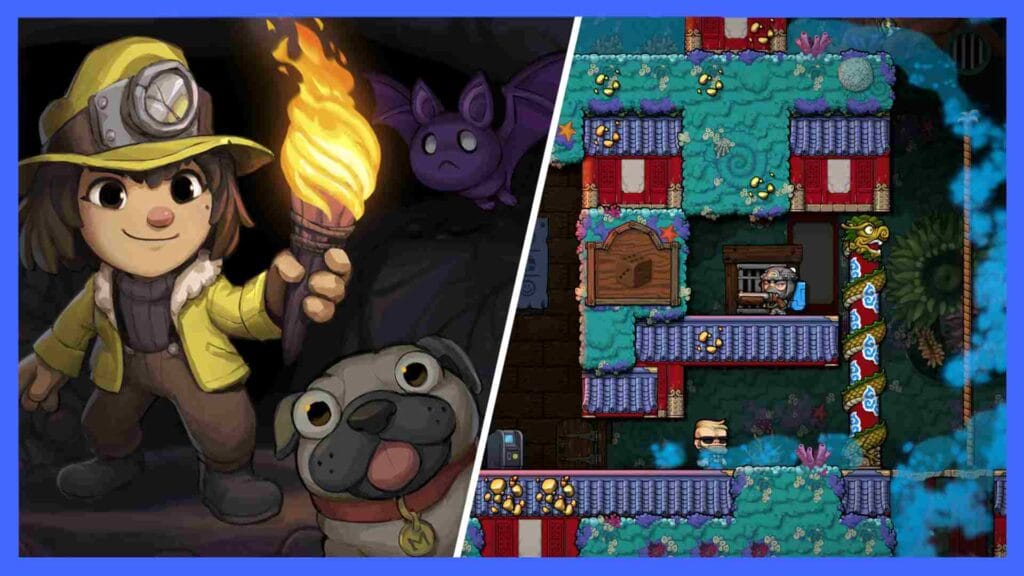
Released in: 2020
Platforms: Nintendo Switch, Xbox Series X and Series S, Xbox One, PlayStation 4, Microsoft Windows
There’s a term in the Spelunky community known as ‘getting splunked’.
Picture this: You’re having a great run through the procedurally generated underworld of Spelunky. Everything is great. You’ve been careful, you’ve got great items. Life is good. Then something falls from out of nowhere and knocks you off the edge of a platform.
You plummet and smash off the bottom. Then a pot falls on you. Then you bounce to the right, fall off another platform, then land on some spikes. That’s getting splunked.
Even if you abide by the rules set out in Spelunky 2, there’s always randomness ready to end your run. While this can be incredibly frustrating, half the time you just have to laugh at the absurdity of it all.
Sure, Spelunky 2 is complete BS at times. But when it all comes together, and the gods of random are on your side, there’s a level of satisfaction other games just cannot match. It truly is a one-of-a-kind experience, for better or worse.
Super Meat Boy
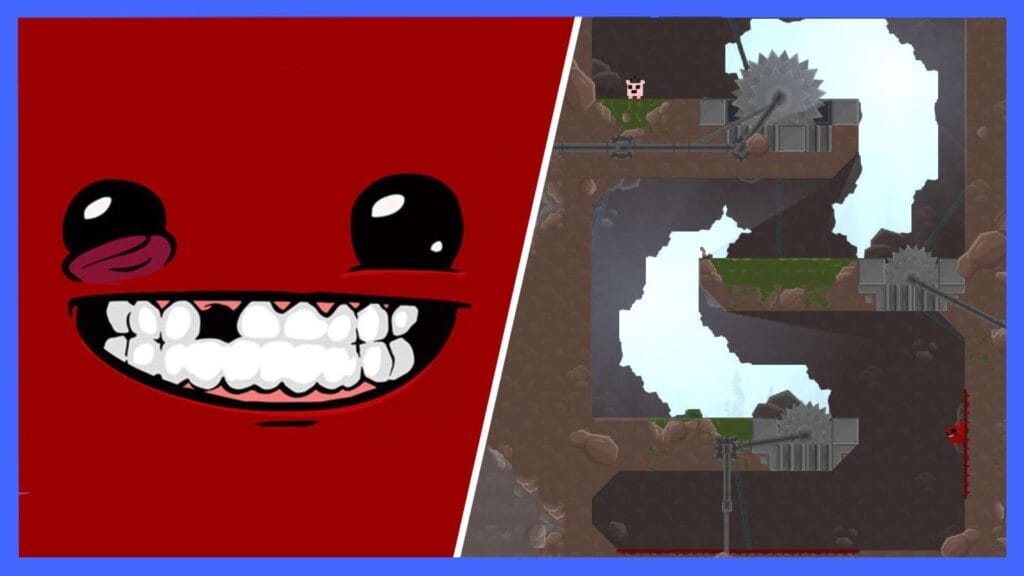
Released in: 2010
Platforms: Xbox 360, Microsoft Windows, OS X, Linux, PlayStation 4, PlayStation Vita, Wii U, Nintendo Switch
Michael Jackson wrote the song ‘Scream’ one night after playing Super Meat Boy. That isn’t true, but it may as well be, because Super Meat Boy will make you wanna.
Super Meat Boy is another one of those games that test player’s patience constantly. When you die, it’s always your fault – you missed a jump, hit a sawblade, got distracted by poop (yes, really). As much as you’d love to blame the game, it’s always you.
Despite how difficult it is, especially on dark mode, knowing it’s the player that needs to fix up helps to alleviate the sense of failure. One more go, this time I’ll nail that section.
And when you get to the final area, and you hit that final button to roll the credits, there’s no feeling of triumph like it.


